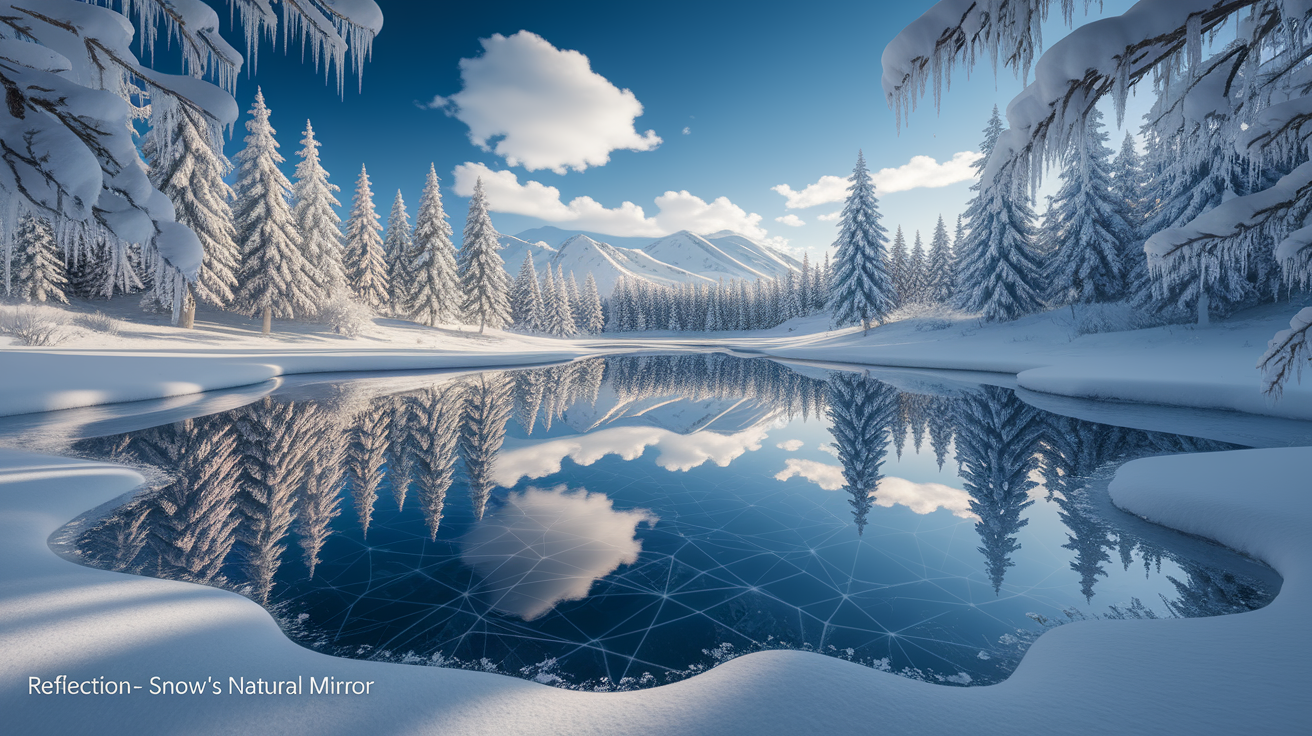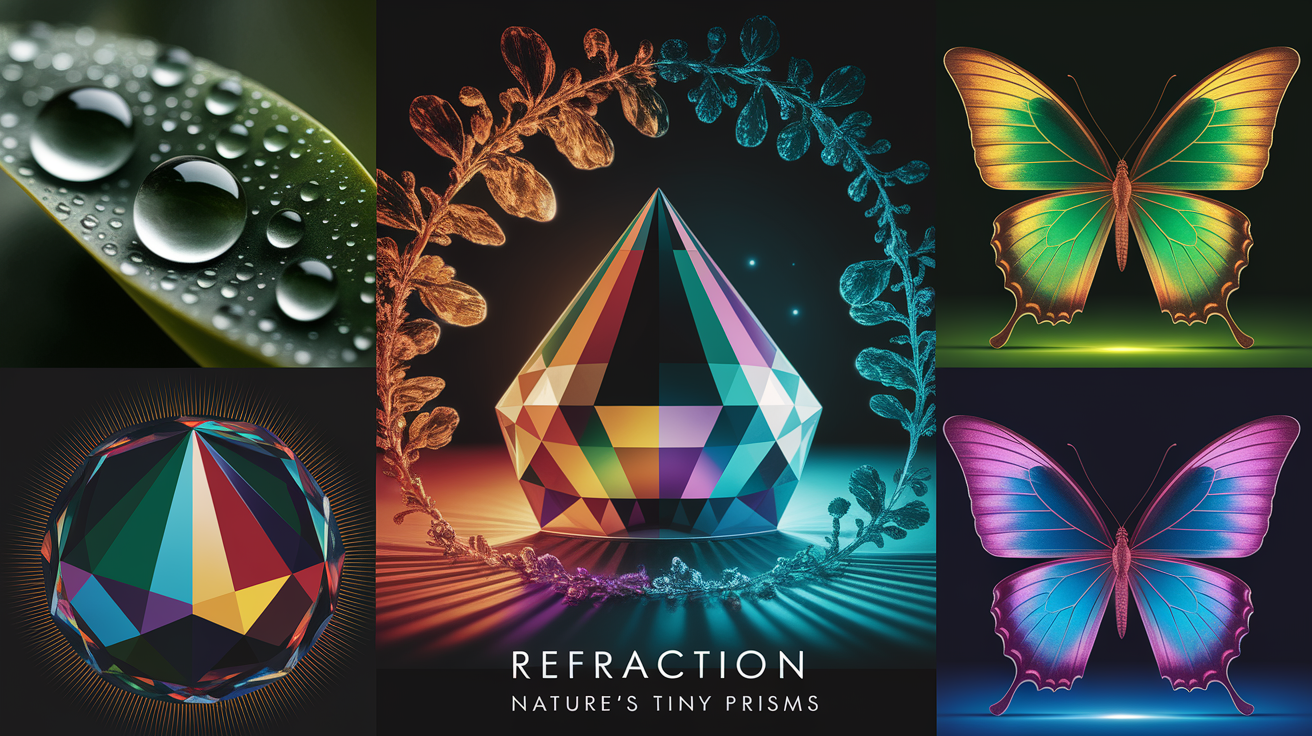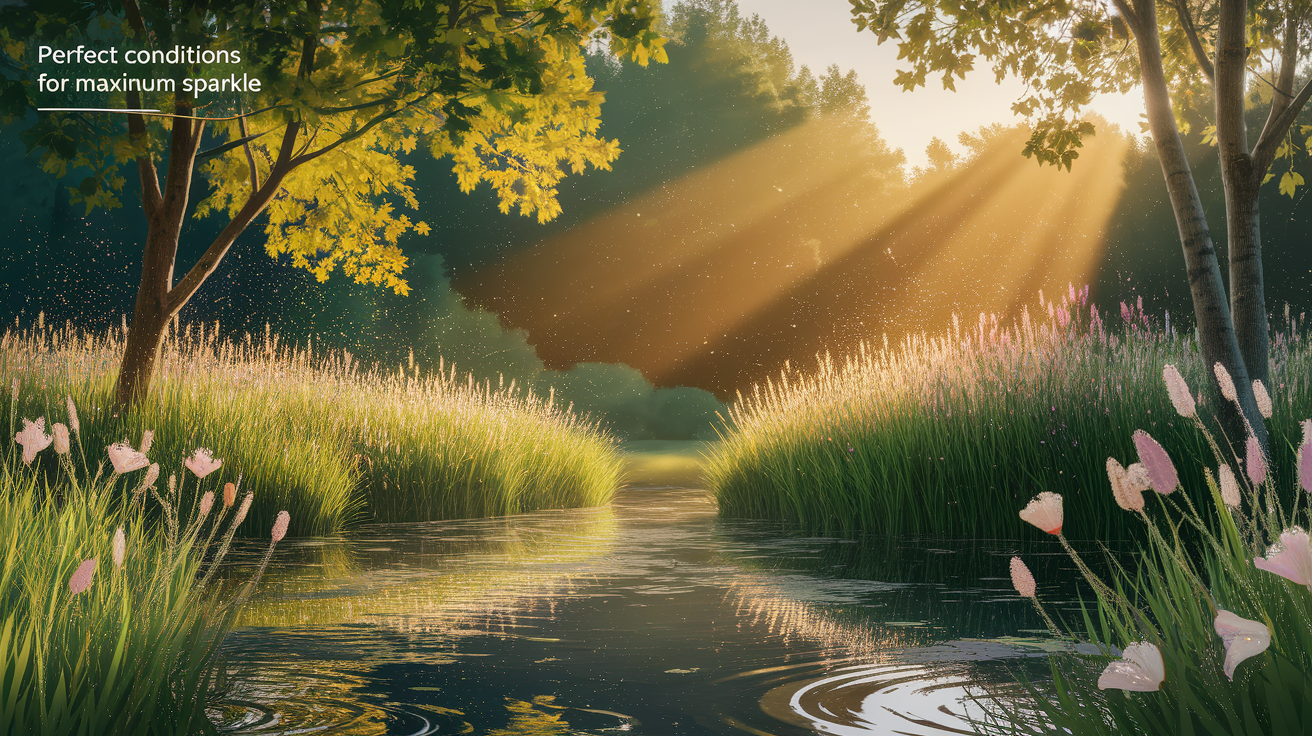Quick Answer: Snow sparkles because its surface is covered with countless ice crystals that act like tiny mirrors and prisms, reflecting and bending sunlight. Under the right conditions, these crystal facets send flashes of light toward our eyes, making the snow gleam like a field of diamonds.
A Sparkling Introduction
Have you ever stepped outside on a crisp winter morning, looked down, and been dazzled by a million tiny flashes in the snow? It almost feels as if someone sprinkled glitter across the landscape. This magical scene isn’t magic at all—it’s science at work! Fresh snow is made of frozen precipitation in the form of individual snow crystals, each with its own crystalline ice structure. These delicate shapes interact with sunlight in surprising ways, producing one of the most enchanting optical phenomena of winter weather: snow sparkle.

Reflection – Snow’s Natural Mirror
One major reason snow sparkles is light reflection. Think of each ice crystal as a naturally formed, tiny mirror. According to the law of reflection, when sunlight strikes a smooth surface—like a crystal facet—it bounces off at the same angle on the opposite side.

- Crystal facets: Flat surfaces on ice crystals reflect sunlight directly back toward you if the alignment is just right.
- Selective sparkle: Only crystals positioned at the perfect angle will flash light at your eyes at a given moment, so not all snow glitters at once.
- Fresh vs. old snow: Fresh, dry snow sparkles more because its crystals are still separate and intact. Wet or compressed snow loses some mirror-like surfaces as crystals fuse together.
The result? A dazzling display as you move, with different crystals catching the light like a thousand winter diamonds.
Refraction – Nature’s Tiny Prisms
Reflection is only half the story. Snow crystals are also natural prisms, and they bend light in a process called light refraction. When sunlight passes from the air into the ice, it changes speed and direction. This bending can split white sunlight into its component colors, much like a glass prism on a sunny windowsill.

- Hexagonal crystals: Many snowflakes are built from hexagonal crystals that are ideal for refracting light in beautiful ways.
- Color accents: Under the right conditions, you might notice hints of red, blue, violet, or even rainbow sparkles—this is light being dispersed by prismatic effects.
- Combination effect: The enchantment of sparkling snow often comes from both reflection and refraction working together.
This is why snow can sometimes shimmer not just in bright white, but with subtle, jewel-like colors.
Perfect Conditions for Maximum Sparkle
The intensity of snow sparkle depends a lot on atmospheric conditions and the state of the snow’s surface.

- Fresh, cold snow: Produces well-formed crystals with clear, reflective facets.
- Low humidity: Keeps crystals dry and separate, preventing them from sticking together.
- Bright sunlight: Maximizes both reflection and refraction effects.
- Diamond dust: Tiny ice particles suspended in very cold air that add extra sparkle in the atmosphere itself.
- No recent melting/refreezing: Prevents surfaces from becoming dull or uneven.
Think of a crisp, clear morning after a light snowfall—that’s when you’re most likely to see snow’s famous brilliance.
Final Sparkle – Wrapping Up Winter’s Shine
Snow’s glittering display is the result of an elegant interaction between sunlight and ice crystals, with reflection making bright flashes and refraction adding subtle colors. Add in favorable meteorological conditions, and a snowy field can rival a jeweled crown in brilliance. Beyond beauty, scientists study snow’s optical properties to better understand climate patterns, predict snow melt, and improve safety in snowy environments. So next time your boots crunch through fresh snow, pause for a moment—the sparkle under your feet is the everyday magic of light meeting frozen water.














